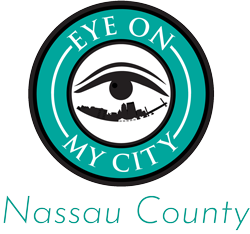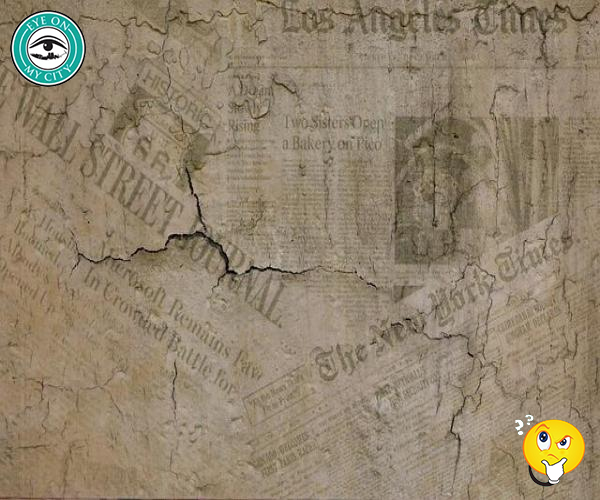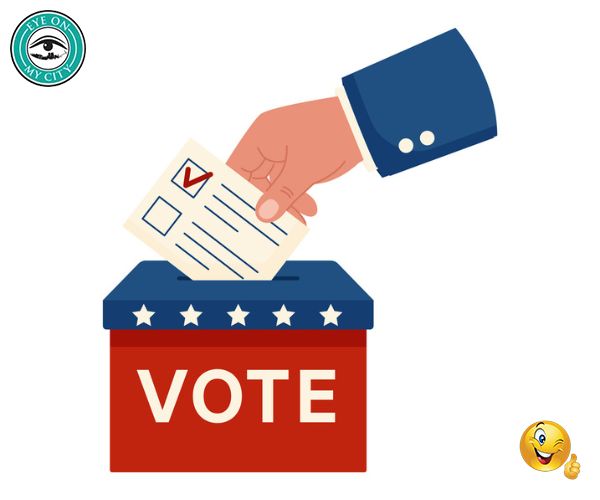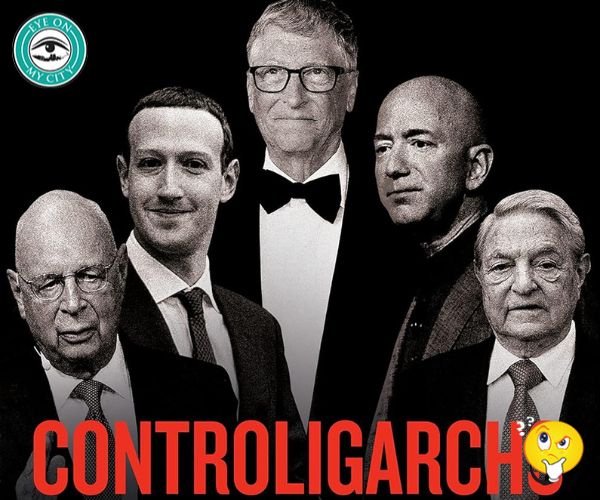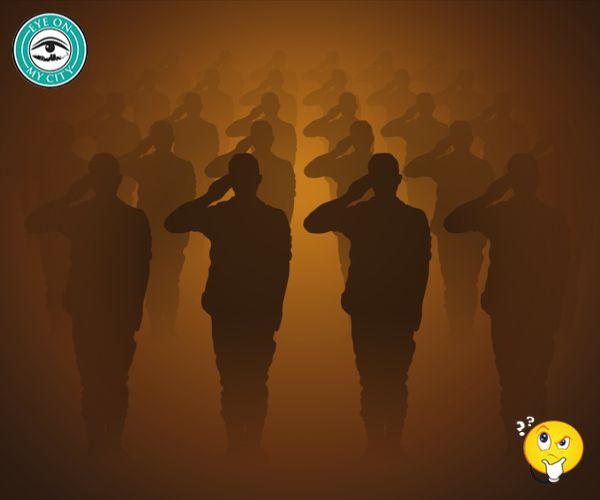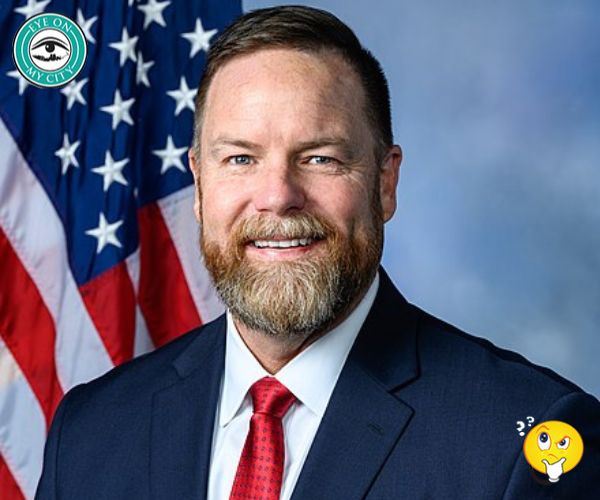American newspapers are dying at the rate of two a week and there are good reasons.
Some are economic. But one is that they have forgotten their purpose.
Just as educators have turned from educating to indoctrinating, newspapers have “evolved” from informing to indoctrinating.
In both cases, a liberal indoctrination is most often the goal.
But, so far at least, not every American is a liberal. Those who are not liberal rebel at being forced into the Far Left mold.
One telling sign is from a recent Pew Research Center survey that found 55 percent of journalists surveyed say that in reporting the news, every side does not always deserve equal coverage. This is a direct repudiation of the concept of objectivity.
There is another divide. According to Politico, only 7 percent of reporters identify as Republican. Meanwhile, 37 percent of Americans overall identify as Republicans.
A little newspaper history is appropriate here.
In colonial America, almost any town of size had two or more newspapers. The reason is that there was no objectivity in them. One partisan paper soon would spawn another with contrary views.
As the 20th century emerged, newspapers fought fiercely, and the truth often suffered. The perennial movie favorite The Front Page is pretty accurate in depicting the trade of those times.
But by mid-century it was realized that truth and accuracy lent credibility and that credibility resulted in higher circulation, and profits. Objectivity became a goal.
That means reporting the facts and confining opinion to pages clearly defined as opinion pages.
At the same time, however, newspapers began to merge into big chains and that dwindling competition caused enough concern to result in a blue-ribbon commission to study the newspaper profession.
It came out with a number of recommendations, none of which involved more government regulation, to the disappointment of politicians. As it turned out, the government was behind the curve as usual and the advent of competition from television and radio was providing the competitive impetus sought.
By the 1950s, newspapers were at their peak. Most towns had two and they competed with two or more TV stations. Those that were the most credible and interesting fared better.
Newspapers had an advantage. The text of an entire broadcast wouldn’t fill up one page of a newspaper. Even with concise writing, newspapers could publish more facts and they were less fleeting.
Then came the internet. Advertisers were lost and then subscribers. At the same time, more and more news organizations began to adhere to liberal orthodoxy and became in effect an arm of the Democrat Party.
The rest of America tuned out.
The final blow to credibility probably was the media’s collusion with the Democrat Party in suppressing the Hunter Biden laptop story after hyping beyond belief the Russian-Trump hoax.
As “newspapers” quit printing words on paper and increasingly turned to the digital world they put up paywalls requiring readers to pay to read.
Fair enough. But their estimate of their value is well above the $1 a week polls indicate people are willing to pay.
Newspapers also like to boast that they are necessary and even indispensable.
As one critic wrote: “The newspaper people often note that newspapers benefit society as a whole. This is true, but irrelevant to the problem at hand; ‘You’re gonna miss us when we’re gone!’ has never been much of a business model.”
Having words printed on paper doesn’t make you indispensable. Anyone can print a copy of anything they see on the Web or keep a digital copy.
Among alternative sources of information are the dozens of Web sites that have cropped up in every part of the nation with the intention of providing news and commentary, usually without pretense of being objective. The unapologetically conservative Eye on Jacksonville is one. There is another fairly new site in Jacksonville that is left-wing, (although it appears to be a one-man operation funded by liberals and it went a month without publishing a story).
As for the local daily, it was conservative for 150 years, and separated fact and opinion. Overnight, under new ownership, it merged the two and turned Far Left. It is now one-tenth the size it was in its heyday.
With objectivity rejected by the press, America has returned to its roots. Let everyone take his best hold and let the reader shopping in the marketplace of ideas determine what is the truth.
